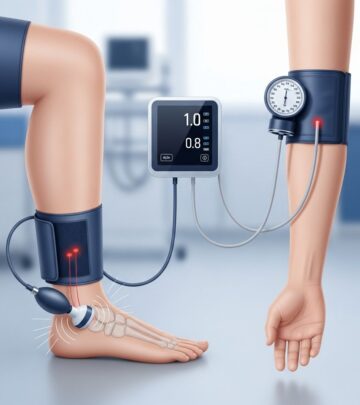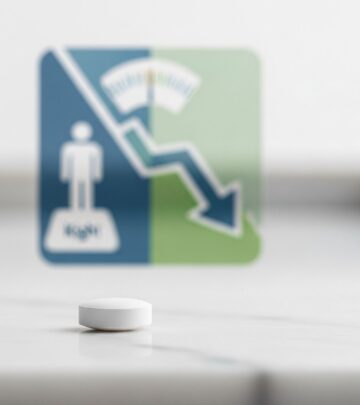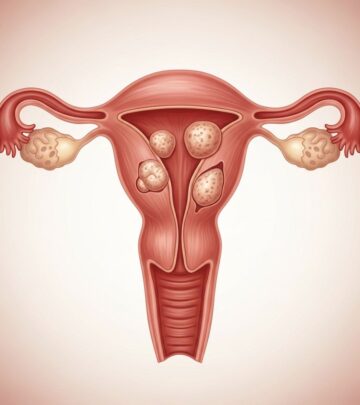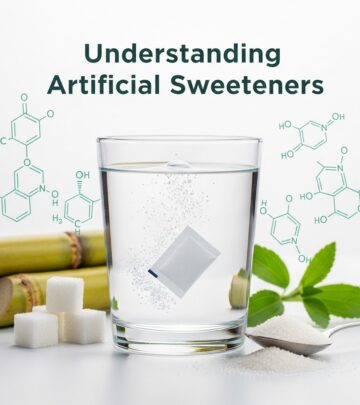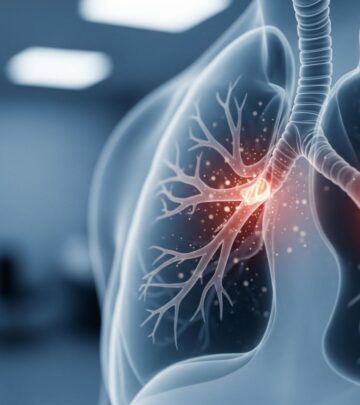Ventricular Fibrillation: Symptoms, Causes, and Risks
Understand ventricular fibrillation, its warning signs, underlying causes, and why rapid emergency treatment is crucial.
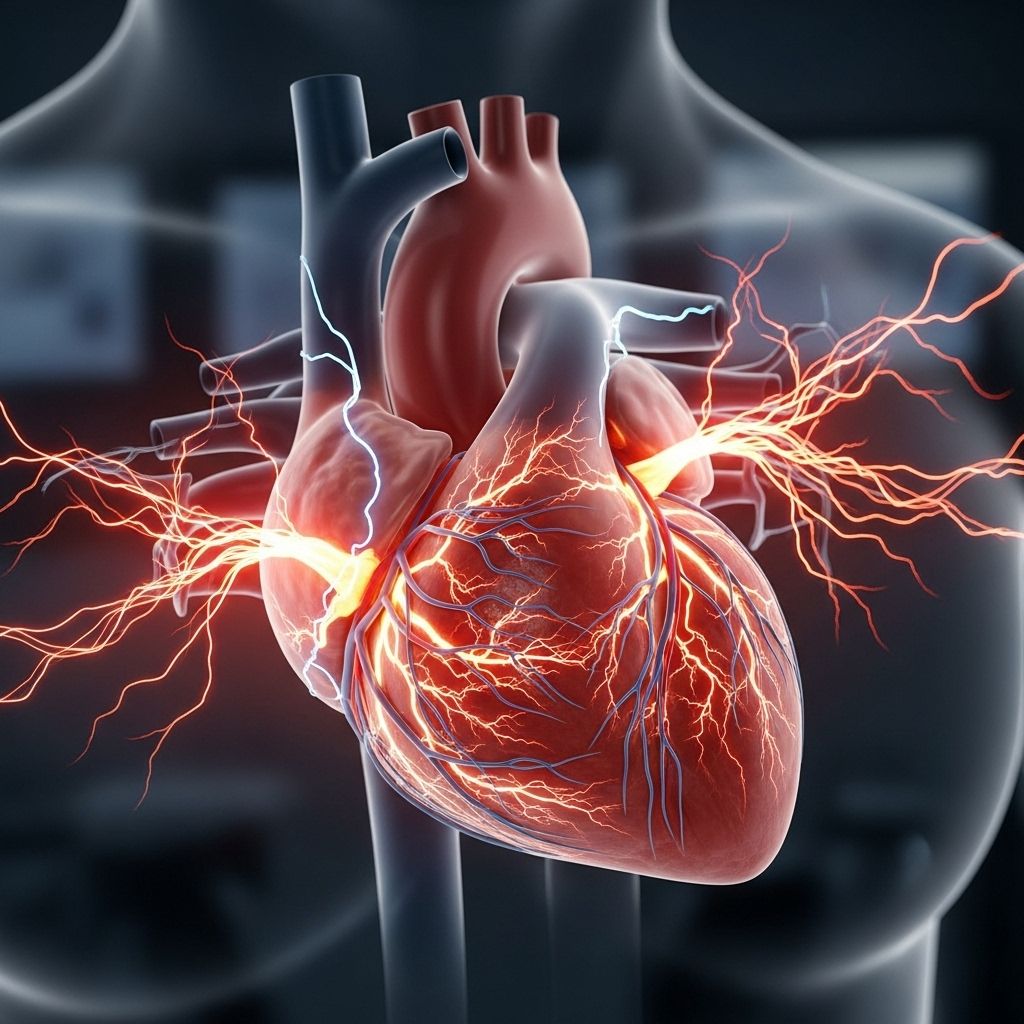
Ventricular fibrillation (V-fib) is a life-threatening heart rhythm disorder where the lower chambers of the heart (ventricles) beat rapidly and chaotically, disrupting the heart’s ability to pump blood effectively. This condition commonly leads to sudden cardiac arrest and demands immediate emergency treatment to prevent death or serious long-term health complications.
What is Ventricular Fibrillation?
Normally, your heart beats in a coordinated fashion to deliver oxygen-rich blood to your body. During ventricular fibrillation, however, electrical signals in the heart become severely disorganized. Instead of controlled contraction, the ventricles quiver uselessly (fibrillate) and fail to pump blood. If not treated immediately, this will cause blood pressure to plummet and deprive vital organs, including the brain, of oxygen.
Symptoms of Ventricular Fibrillation
Ventricular fibrillation is a medical emergency. Signs and symptoms develop almost instantly and may include:
- Sudden collapse or loss of consciousness (fainting)
- No pulse (absence of heartbeat)
- Not breathing or gasping for air
- Chest pain or tightness just before collapse
- Sudden dizziness or lightheadedness
Because the brain cannot survive without oxygen, irreversible brain damage or death can occur within minutes. Without prompt resuscitation—including the use of an automated external defibrillator—V-fib is almost always fatal.
When to Seek Emergency Help
- Call emergency services immediately if a person collapses, loses consciousness, or does not respond.
- Begin cardiopulmonary resuscitation (CPR) and use an automated external defibrillator (AED) as soon as possible, if available.
Fast action provides the best chance for survival and recovery. Every second counts in a V-fib episode.
Understanding the Heart’s Electrical System
The human heart consists of four chambers—the upper atria and lower ventricles. The heart’s electrical impulses start in the sinus node (located in the right atrium), which serves as the heart’s natural pacemaker. This impulse causes the atria to contract and push blood into the ventricles. The signal is then delayed briefly at the atrioventricular (AV) node before traveling into the ventricles, prompting them to contract and pump blood to the lungs and the rest of the body.
In a healthy heart, this sequence maintains a steady, effective heartbeat—usually 60–100 beats per minute at rest. Any disruption in this finely-tuned signaling process can produce arrhythmias, including ventricular fibrillation, where electrical signals become chaotic and the ventricles quiver instead of pumping.
Causes of Ventricular Fibrillation
There are two primary mechanisms involved in triggering ventricular fibrillation:
- Abnormal Electrical Properties Within the Heart
Structural or functional damage to the heart tissue disturbs the normal flow of electrical impulses. This can be caused by: - Previous heart attack (myocardial infarction) causing scarring
- Cardiomyopathies or dilated/enlarged heart muscle
- Inherited heart rhythm disorders (such as long QT syndrome)
- Other heart rhythm problems (arrhythmias)
- Loss of Blood Supply (Ischemia)
Reduced or blocked blood flow—usually due to coronary artery disease—deprives areas of the heart of oxygen, making them electrically unstable[10].
Other possible triggers include:
- Severe electrolyte imbalances (abnormal potassium, sodium, calcium, and magnesium levels)
- Drug toxicity or side effects (including stimulants or certain medications)
- Trauma or injury to the heart
- Untreated severe heart failure
- Genetic predisposition (family history of sudden cardiac death)
In some cases, no direct cause is identifiable—a situation referred to as idiopathic ventricular fibrillation.
Who Is at Risk?
Ventricular fibrillation can develop in anyone, but certain factors greatly increase vulnerability, including:
- History of previous heart attack
- Coronary artery disease (clogged heart arteries)
- Previous episodes of ventricular arrhythmias
- Heart muscle diseases (cardiomyopathies)
- Congenital heart defects
- Electrolyte imbalances or uncontrolled diabetes
- Family history of sudden cardiac arrest or unexplained fainting
Individuals recovering from recent heart surgery or those with severe heart failure are also at heightened risk.
Complications of Ventricular Fibrillation
- Sudden Cardiac Arrest: V-fib is the most common cause of sudden cardiac arrest and death. The heart’s pumping stops abruptly, halting blood flow to vital organs.
- Hypoxic Brain Injury: Permanent brain damage can occur after 4–6 minutes without blood flow.
- Death: Unless treated immediately, V-fib typically leads to death within minutes.
Similar Conditions: How Does V-Fib Differ?
| Condition | Chamber Affected | Nature of Rhythm | Key Differences |
|---|---|---|---|
| Ventricular Fibrillation | Ventricles (lower chambers) | Rapid, chaotic, ineffective contraction | Usually results in collapse and no pulse |
| Atrial Fibrillation | Atria (upper chambers) | Rapid, irregular but less chaotic; may have symptoms but less immediately fatal | Heart continues to beat, risk of stroke from clots |
| Ventricular Tachycardia | Ventricles | Fast but typically organized rhythm | Can progress to V-fib if untreated |
How is Ventricular Fibrillation Diagnosed?
V-fib almost always occurs as a medical emergency and is diagnosed after the person has collapsed. The most critical signs are the absence of a pulse and no breathing. Emergency responders or healthcare professionals use:
- Electrocardiogram (ECG or EKG) — Shows the characteristic chaotic rhythm
- Pulse check and clinical examination — Confirms cardiac arrest
Diagnosis is typically made on the scene, as immediate intervention takes priority over formal testing.
Prevention: Reducing the Risk of Ventricular Fibrillation
While not all cases are preventable, several measures can lower the risk of developing life-threatening heart rhythms:
- Treating underlying heart problems, such as coronary artery disease, high blood pressure, and heart failure
- Managing risk factors: control cholesterol, diabetes, and obesity
- Avoiding recreational drugs and stimulant medications unless prescribed
- Maintaining electrolyte balance
- Following doctor’s advice after heart surgery or heart attack
- For those at very high risk, an implantable cardioverter-defibrillator (ICD) may be recommended
Frequently Asked Questions (FAQs)
What is ventricular fibrillation?
Ventricular fibrillation (V-fib) is a severe condition in which the heart’s lower chambers quiver erratically due to disorganized electrical signals, preventing effective circulation of blood.
What causes ventricular fibrillation?
Common causes include a previous heart attack, coronary artery disease, inherited heart conditions, and major disturbances in the heart’s electrical activity or blood supply.
What are the main symptoms of V-fib?
Symptoms occur suddenly and include loss of consciousness, absent pulse, breathing difficulty or cessation, and sometimes chest pain or lightheadedness prior to collapse.
Is ventricular fibrillation the same as a heart attack?
No. A heart attack occurs when a coronary artery becomes blocked, disrupting blood supply to the heart muscle. Ventricular fibrillation is an electrical malfunction of the heart, but a heart attack often triggers V-fib.
How is ventricular fibrillation treated?
Immediate treatment with CPR and a defibrillator (to restore normal heart rhythm) is critical. In survivors, correcting underlying causes and possibly implanting a defibrillator can help prevent recurrence.
Key Takeaways
- Ventricular fibrillation is a medical emergency that disrupts the heart’s ability to pump blood, causing collapse and risk of sudden death.
- Symptoms start abruptly and may include loss of consciousness, absent pulse, and cessation of breathing.
- Prompt use of CPR and a defibrillator is essential for survival.
- Heart disease, previous heart attacks, and inherited conditions increase the risk.
- Managing underlying health issues and lifestyle factors can lower risk.
Ventricular fibrillation is among the most serious cardiac emergencies. Immediate recognition and action can mean the difference between life and death.
Read full bio of medha deb

